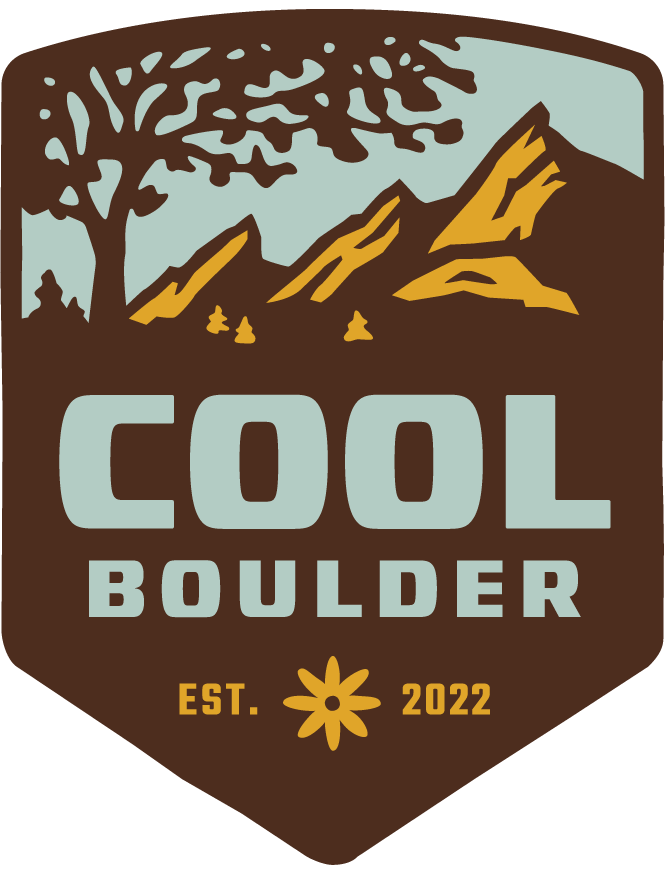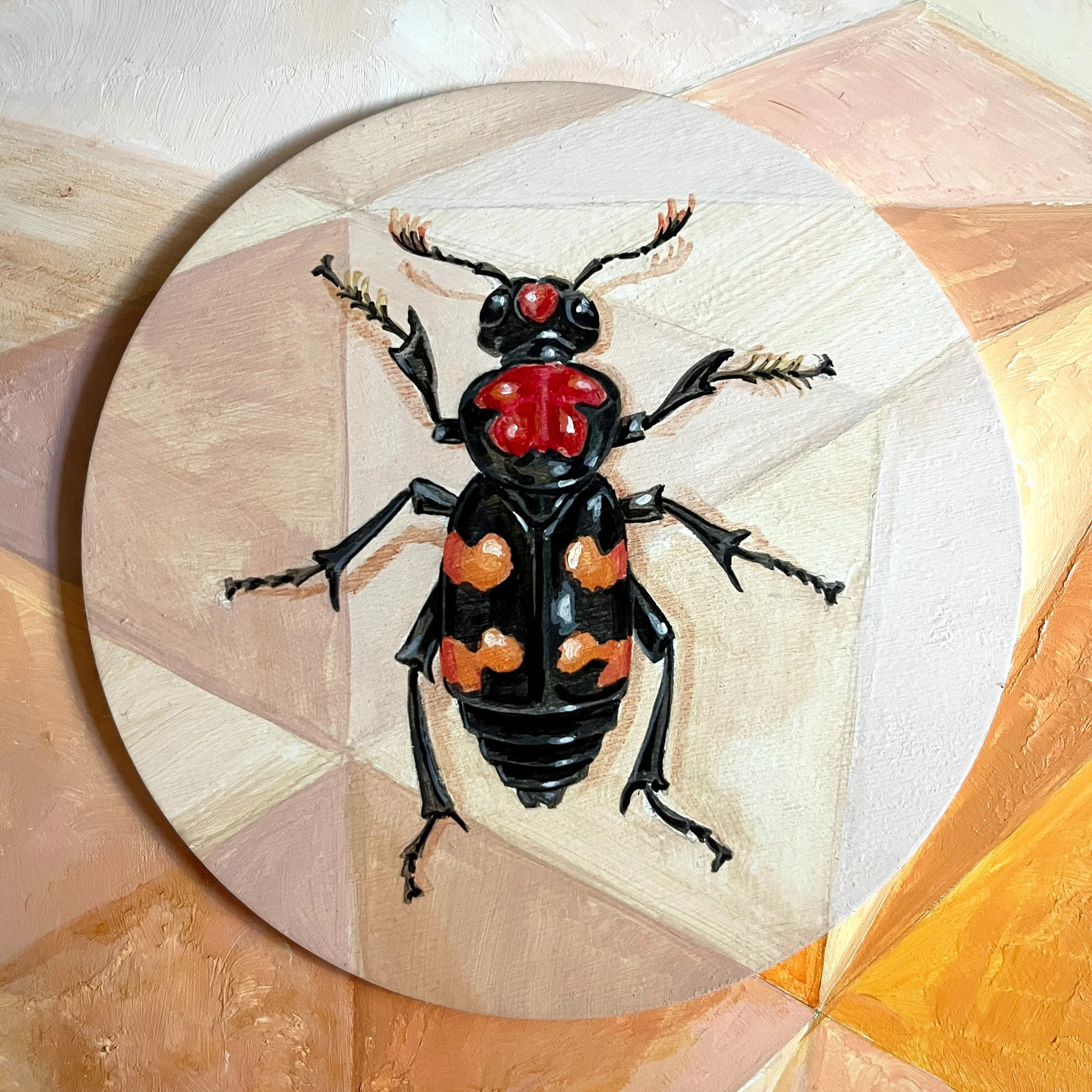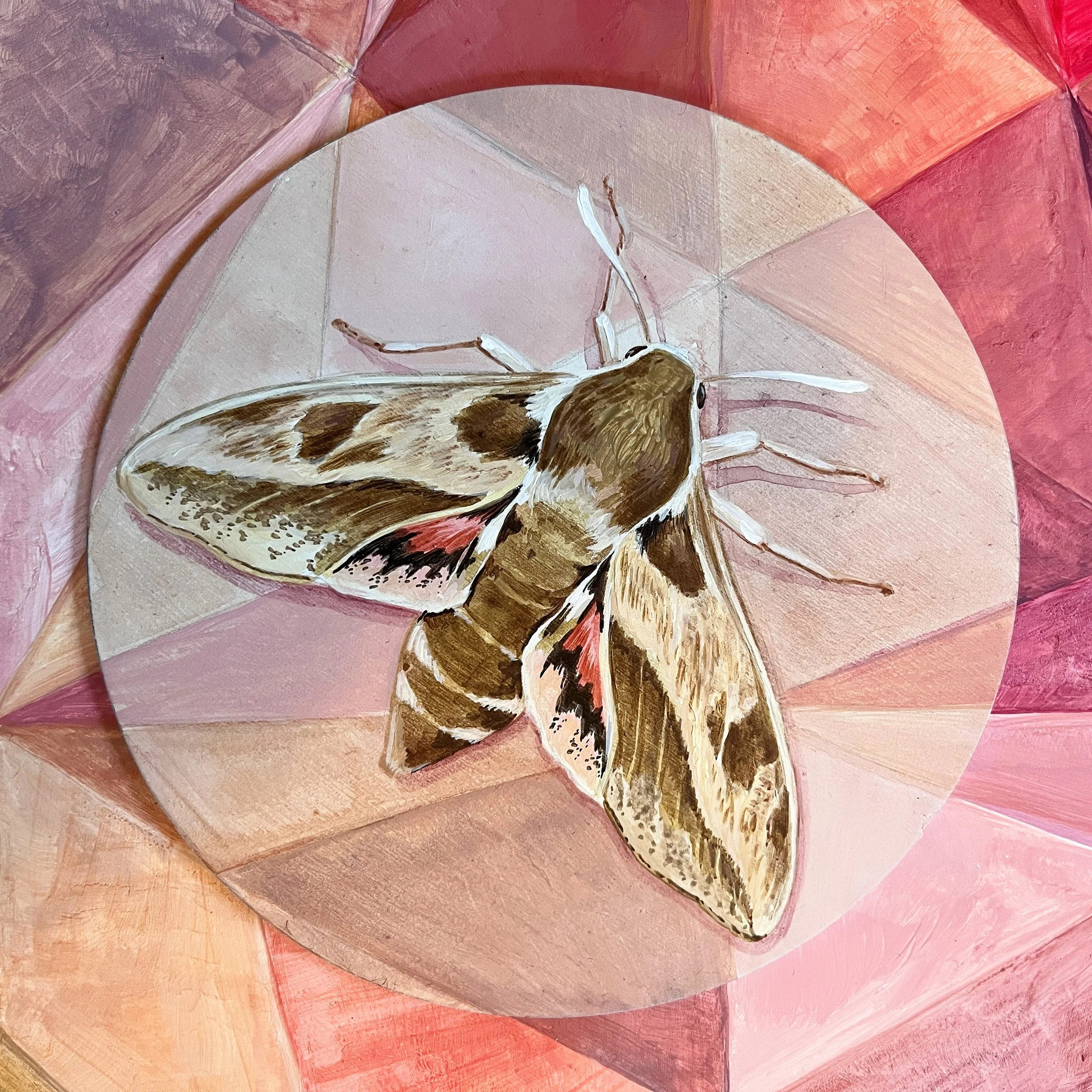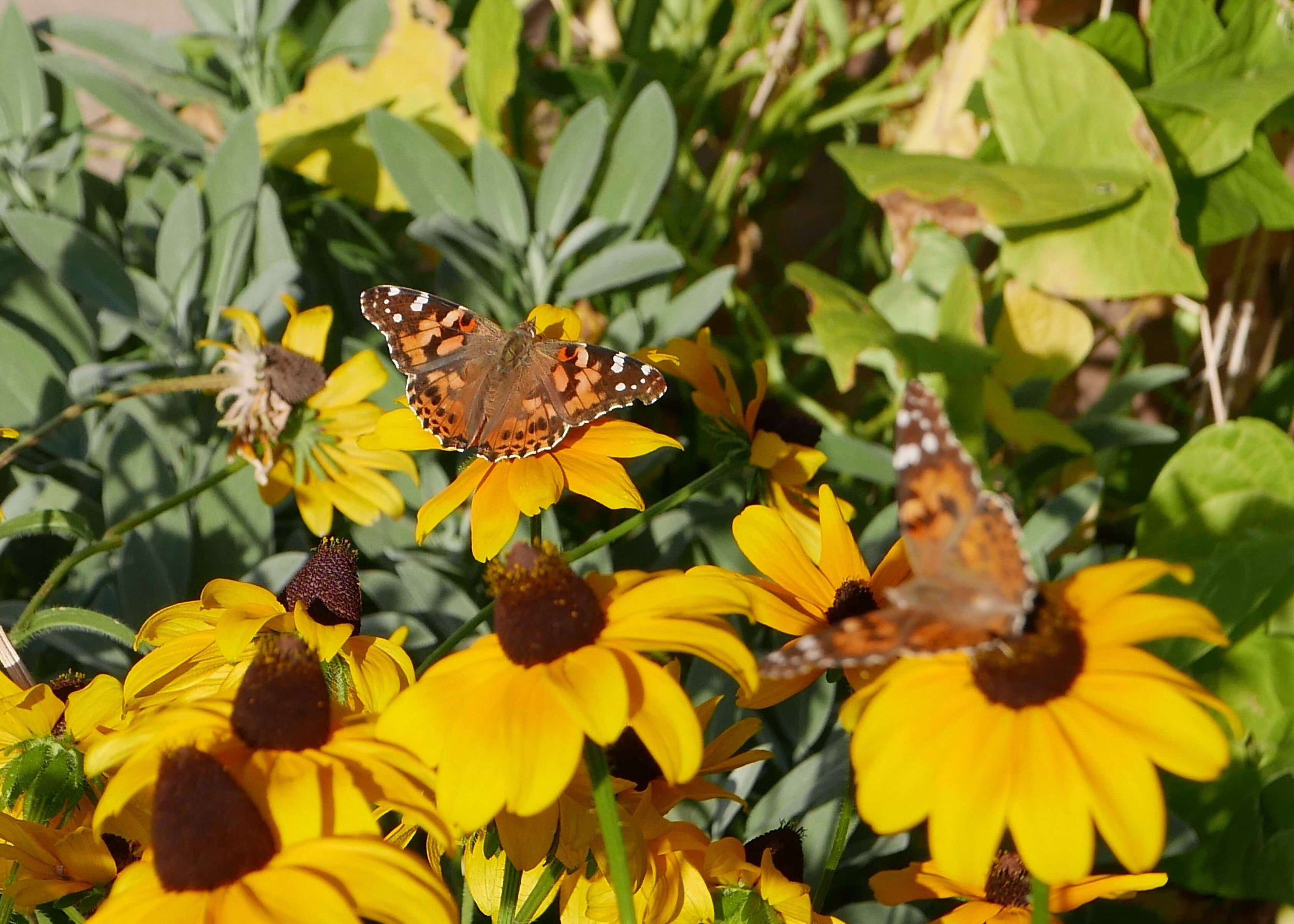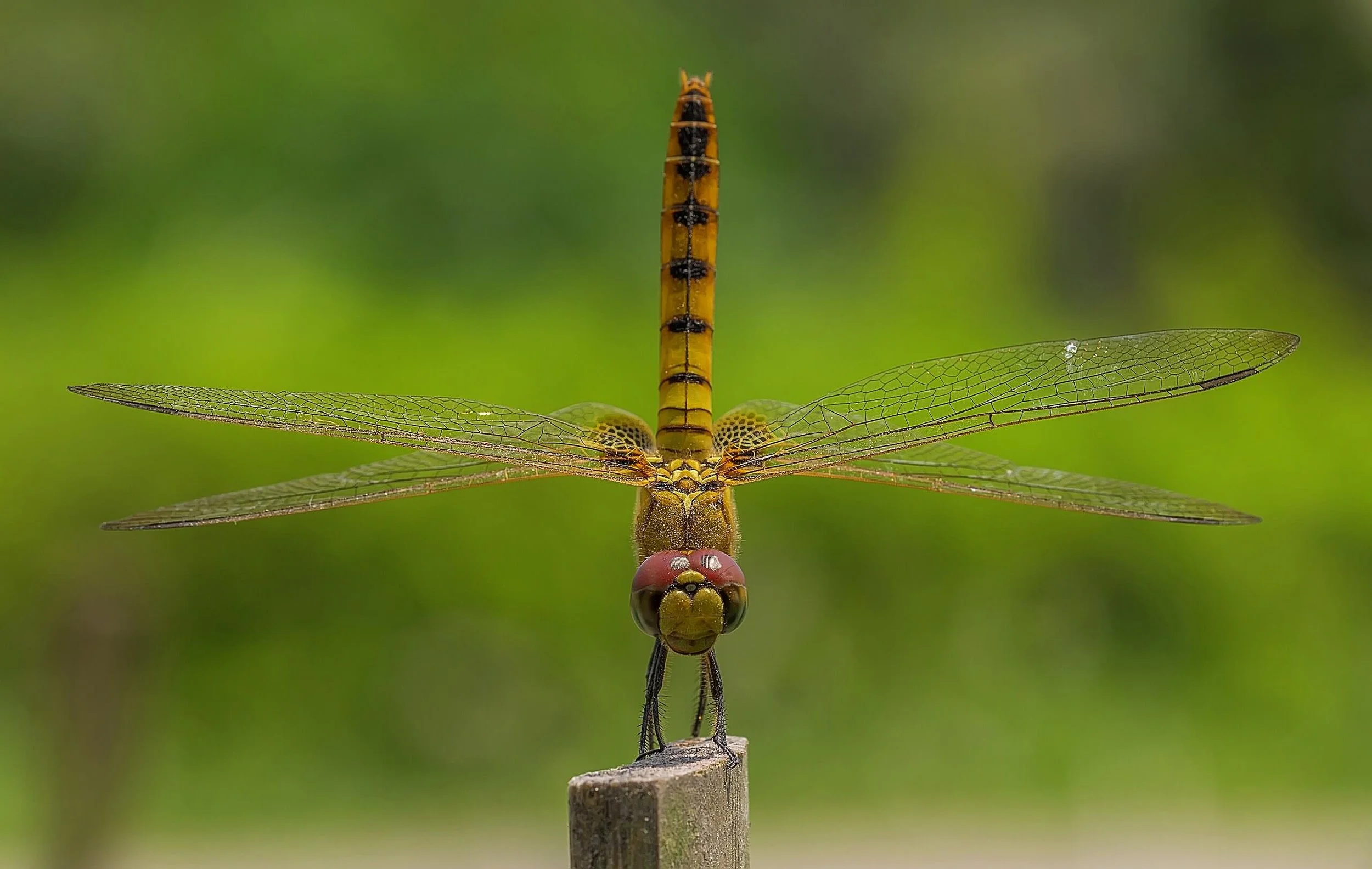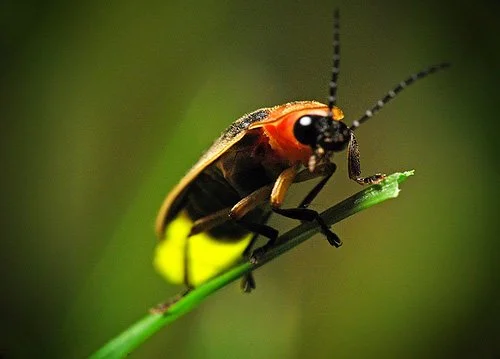Pollinator Pathways
Pollinator Pathways are corridors of diverse plants that support cooling temperatures and foster biodiversity, especially for native pollinators. Creating and expanding an interconnected network of these corridors on both public and private land will provide important habitats and help manage carbon and water in ways that reduce the impacts of climate change. This work has already begun in the Goss Grove neighborhood.
Insects: Critical Partners in Climate Resilience
Why should we care about insects and invertebrates?
-
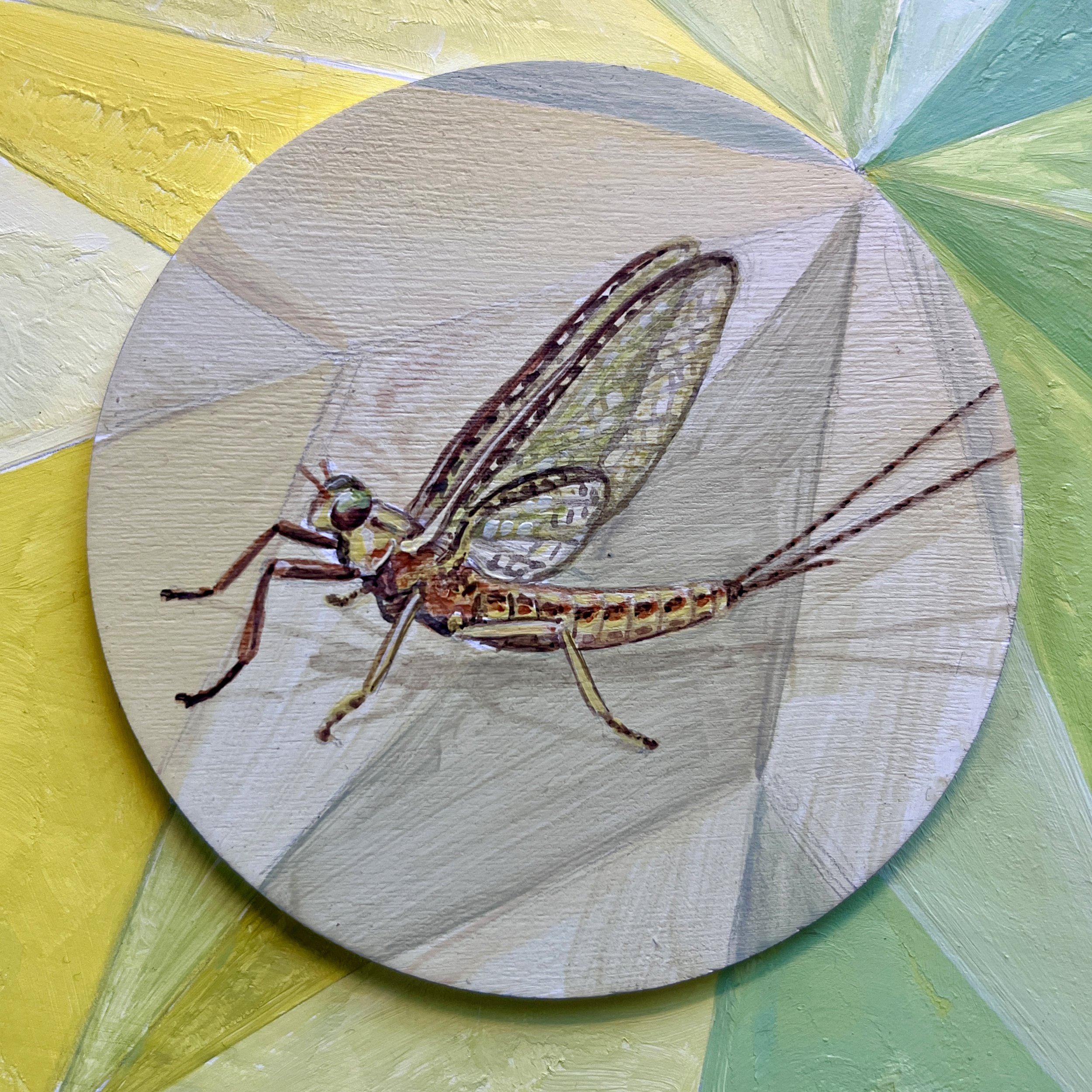
The Importance of Insects
-
-
-

Fun Facts About Insects
Pollinator Pathways Articles & Resources
Meet Some Creatures
